The Essential Guide to Cold Storage Warehousing.

Cold storage warehouses are important for businesses that deal with products that need to be kept at specific temperatures. From pharmaceuticals to frozen foods, these facilities help maintain the quality and freshness of perishable goods.
What is a Cold Storage Warehouse?
Cold storage warehouses are built to keep items at cold temperatures to keep them fresh and last longer. They are important for industries like food, medicine and biotechnology. By maintaining temperatures, these warehouses help to keep products, fresh and effective.
How Cold Storage Warehouses Work.
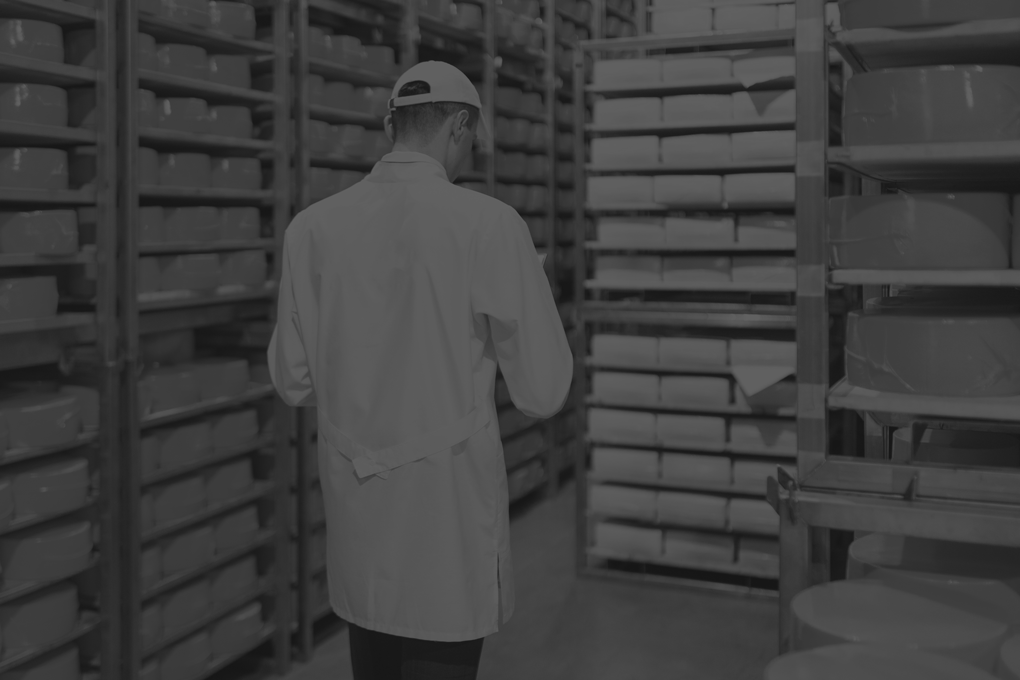
Cold storage warehouses utilise advanced technology and infrastructure to maintain low temperatures. The key components include:
- Refrigeration Systems: Essential for maintaining specific temperature ranges required for different products.
- Insulation: Good insulation keeps stored items safe from outside temperature changes.
- Temperature Controls: Systems that monitor the temperature in real time to keep conditions consistent.
These factors work together to keep products safe for a long time, reducing the chance of them going bad or getting damaged.
Benefits of Utilising Cold Storage.
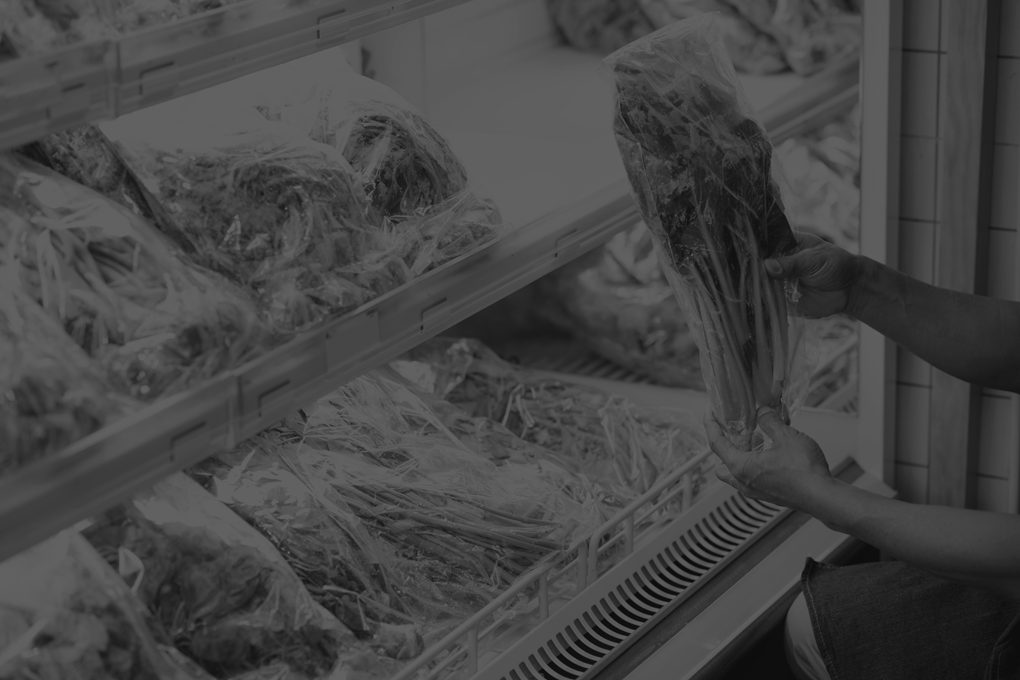
Improving your supply chain has many benefits:
- Extend Shelf Life: Products can last longer, reducing waste and keeping a steady supply.
- Cost Savings: Saving money by extending the shelf life of goods and reducing spoilage.
- Quality Preservation: Keeping products at the right temperature to maintain quality, effectiveness, and safety.
These benefits make cold storage warehouses a valuable asset for any business dealing with perishable products.
Challenges in Operating Cold Warehouses.
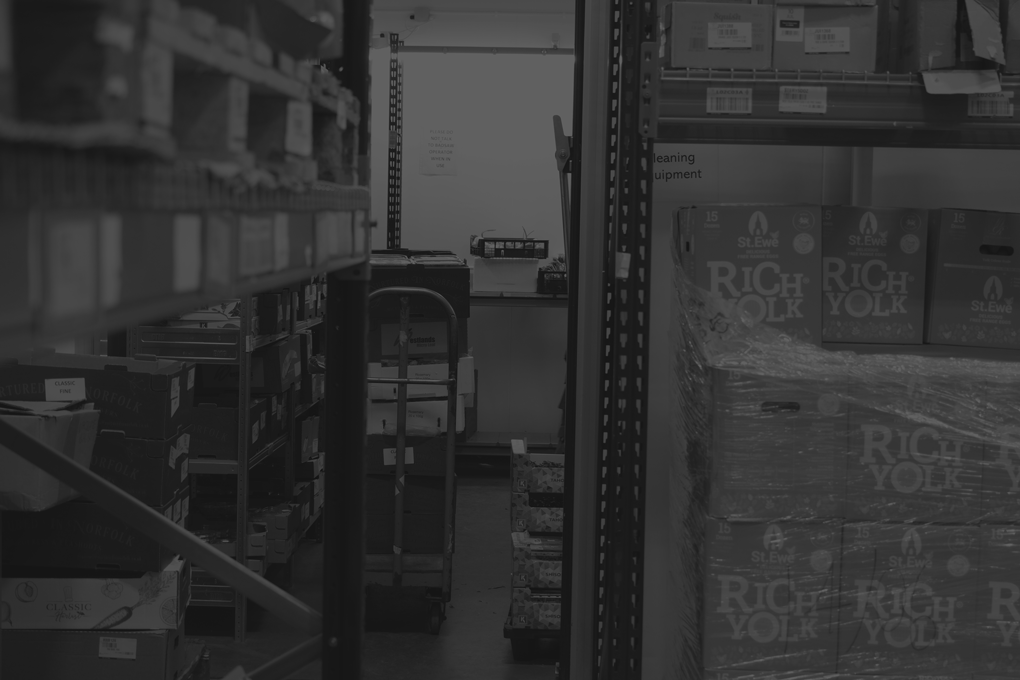
Running a cold storage warehouse has its challenges.
- Energy Consumption: It uses a lot of energy to keep temperatures low, which can be expensive. There are strict rules to follow for food safety, storing medicine, and protecting the environment. Operating a cold storage warehouse can be difficult due to high energy consumption and costs associated with maintaining low temperatures.
- Regulatory Compliance: There are strict regulations in place for food safety, medicine storage, and environmental protection. It is crucial to monitor products that require specific temperatures and ensure they are used in the correct sequence.
- Warehouse and Inventory Management: Keeping track of temperature-sensitive products and ensuring first-in-first-out (FIFO) processes can be complex.
Best Practices for Optimising Cold Storage Operations.

To be more efficient, follow these tips:
- Energy Efficiency: Use energy-efficient refrigeration and insulation to save energy.
- Regular Maintenance: Regularly check and maintain equipment to avoid problems.
- Advanced Monitoring Systems: Use monitoring systems to control temperature and fix issues quickly.
By following these tips, businesses can improve their cold storage and keep their products in good condition.
Selecting the Right Cold Storage Facility.
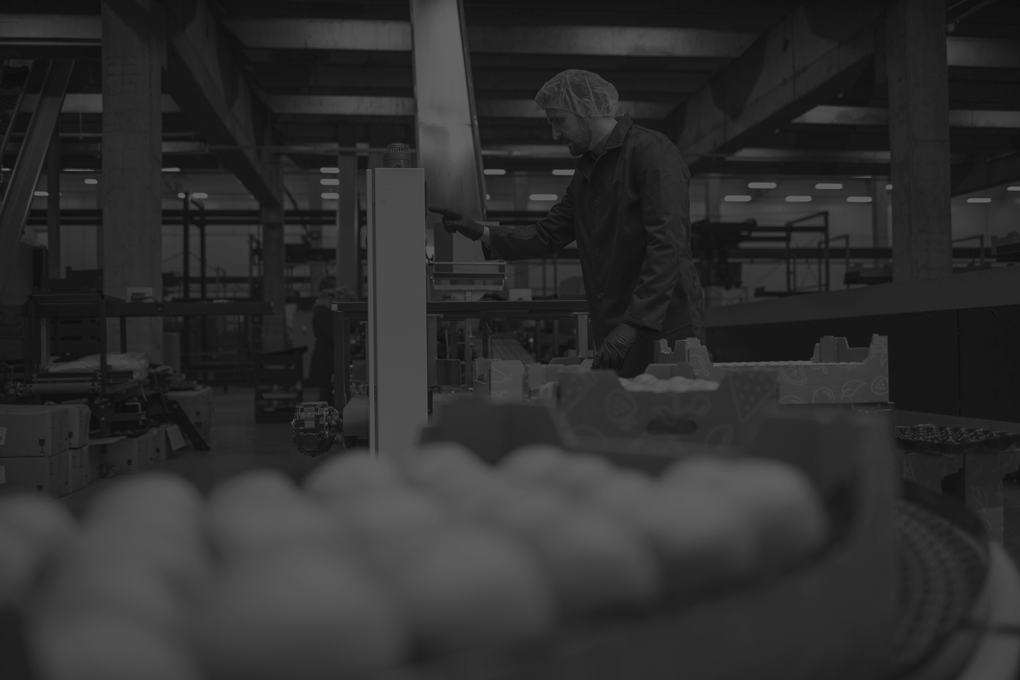
Picking the right facility is important for your supply chain’s success. Here are some key factors to consider:
- Location: Being close to suppliers and distribution centres can save money on transportation and make operations more efficient.
- Capacity: Make sure the facility has enough storage and warehouse space for your current and long-term needs.
- Technology: Choose a facility with modern temperature controls, real-time monitoring, and energy-efficient systems.
Selecting a facility that meets these criteria will improve your operations and optimize your supply chain.
Understanding Temperature Ranges.
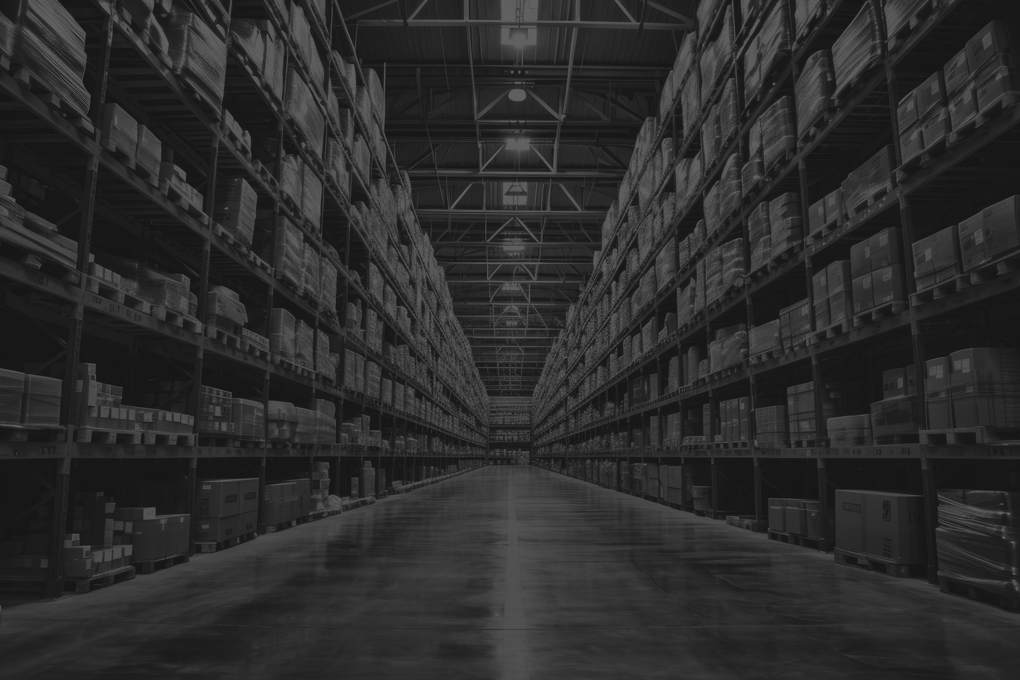
Different products require specific temperature ranges for best results. Here are some common categories:
- Frozen Storage: (-18°C to -25°C) for frozen foods, ice cream, and some pharmaceuticals.
- Chilled Storage: (0°C to 5°C) for fresh produce, dairy products, and some meats.
- Controlled Ambient Storage: (15°C to 25°C) for products that need stable room temperatures.
Knowing these temperature ranges is important for keeping your products safe and high quality.
Real-Time Monitoring for Better Control.

Contemporary cold storage facilities employ real-time tracking systems to maintain steady temperature control. These systems provide numerous advantages:
- Instant Notifications: Get alerts if temperatures stray from predetermined ranges, enabling swift remedial measures.
- Record Keeping: Keep track of temperature conditions for regulatory adherence and quality control.
- Remote Control: Supervise and regulate temperatures from any location, guaranteeing tranquillity and adaptability.
Real-time tracking is essential for preserving the quality of temperature-sensitive products in cold storage.
Enhancing Shelf Life with Proper Storage.

Proper storage techniques can significantly enhance the shelf life of your products. Here are some tips:
- Organise Storage Space: Use shelving and pallets to ensure proper airflow and temperature distribution.
- Label Products Clearly: Implement a labelling system to track expiration dates and maintain FIFO inventory management.
- Minimise Door Openings: Reduce the frequency of door openings to maintain stable temperatures and reduce energy consumption.
By adopting these techniques, businesses can maximise the shelf life of their products and reduce waste.
The Role of Cold Storage in the Supply Chain.
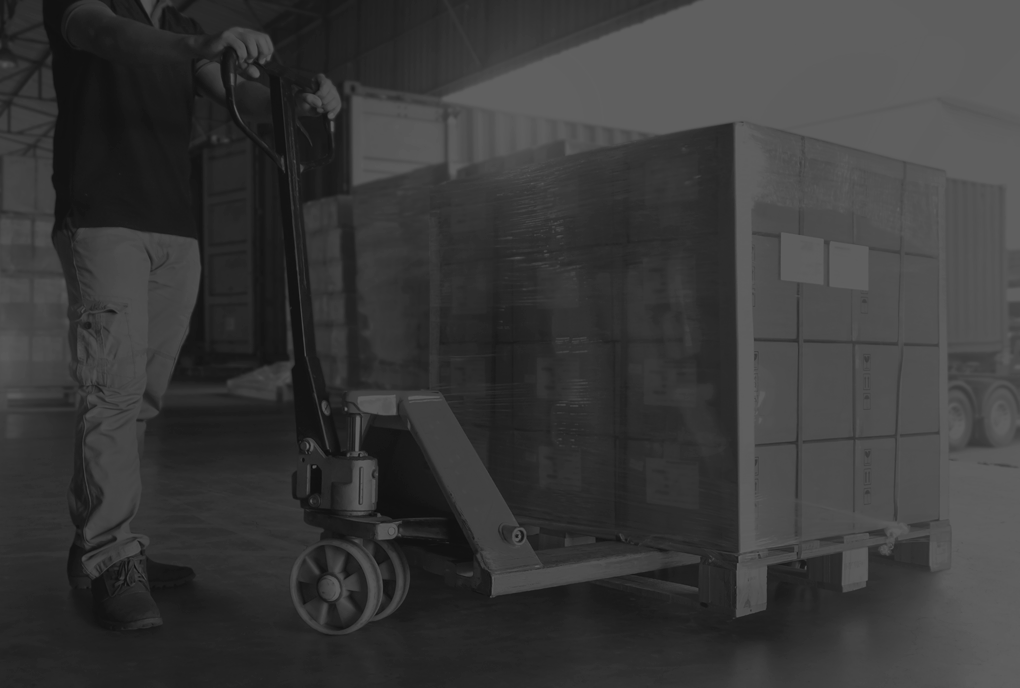
Cold storage warehouses are key for the safe, efficient distribution of cold goods. They provide:
- Storage Solutions: Provides a controlled environment for storing products until they are ready for distribution.
- Transportation Management: Works with shipping companies to ensure products are transported efficiently.
- Inventory Visibility: Uses advanced systems to show current inventory levels and conditions in real time.
Highlighting the importance of cold storage in the supply chain emphasises its value to businesses and consumers alike.
Energy Efficiency in Cold Storage Facilities.
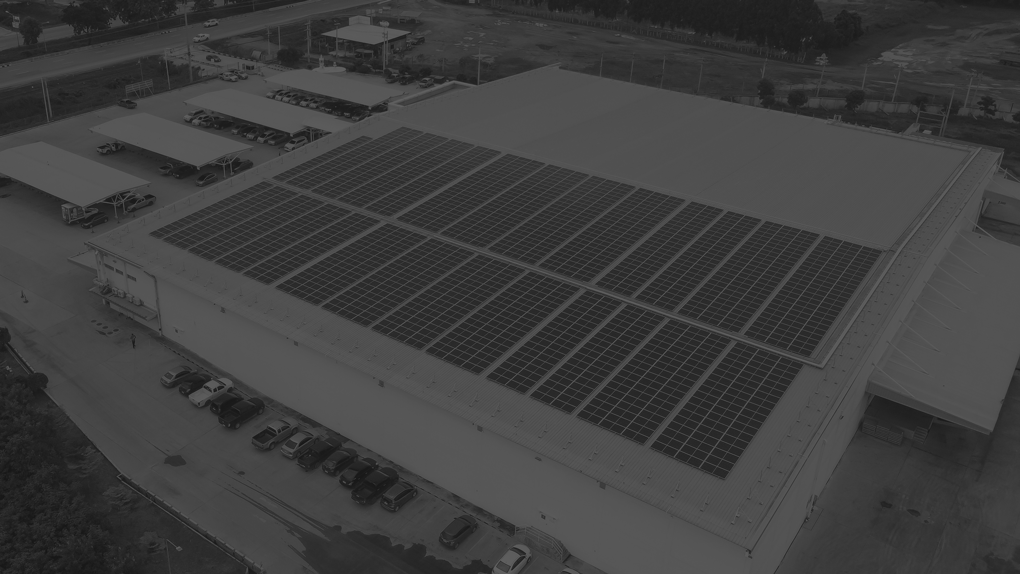
Saving energy is important for cold storage. To use less energy:
- Invest in new energy-saving refrigeration and lighting.
- Use solar panels or other renewable energy.
- Use automated systems to control energy use.
Saving energy not only saves money but also helps the environment.
Conclusion.
Cold storage warehouses are important for managing supply chains. They keep products that need to stay cold fresh for longer, benefiting many industries. With best practices and advanced technologies, businesses can improve their cold storage operations.
Ready to upgrade your supply chain with cold storage solutions? Explore our range of services and discover how we can help you achieve excellence.
Frequently Asked Questions.
A cold storage warehouse is a place where goods are kept cold to stay fresh longer. These warehouses are crucial for businesses that deal with perishable items like food and drugs that need to be kept cold. They help maintain the quality and extend the shelf life of products. These processes are important for businesses that handle products like food and drugs that require cold storage.
Cold storage warehouses utilise refrigeration systems, insulation, and temperature controls to maintain specific temperature ranges. Advanced real-time monitoring systems ensure consistent conditions and quick corrective actions.
Cold storage warehouses offer several benefits, including extended shelf life, cost savings, and quality preservation. They help businesses reduce waste, lower inventory carrying costs, and maintain the integrity of their products.
Challenges in operating cold storage warehouses include high energy consumption, regulatory compliance, and complex inventory management. Addressing these challenges requires meticulous planning and the use of advanced cold storage management systems.